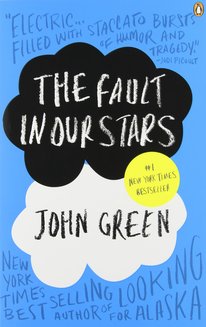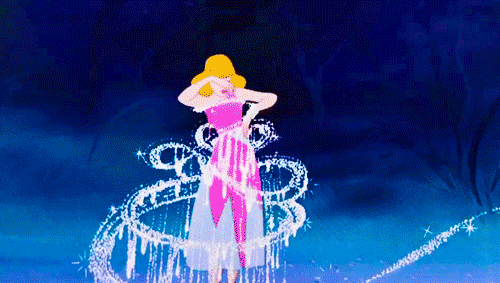
by Alexis Zimmerman
There are countless books in Young Adult Literature where the main character must fall in love with the main love interest by the end of the book. These two characters fall in love in the most unrealistic of ways without even knowing each other that well and only having maybe a handful of conversations. Yet for some reason, young readers seem to devour those books. There are so many copies of this cliché and unrealistic type of book sold in the bookstores more often than not that it’s unbearable. But does the love in these books happen naturally? Can someone fall in love as quickly as these characters fell in love? How do these instances of insta-love affect the younger readers who gravitate towards these particular books? Are they getting the impression that love happens right away, like it does in the books they’re reading?
There’s also a magical element to the fairy tales that isn’t in the books that the young readers are picking up. The love in fairy tales isn’t set in a realistic setting, and the situations the characters go through wouldn’t necessarily happen in everyday life. Not many people in real life have a fairy godmother that transforms their rags into beautiful ball gowns or have a prince coming to their rescue when put under a magic spell. But the love portrayed in young adult books is set in a realistic, everyday setting, such as an ordinary day in high school. These situations could possibly happen in real life. However, there’s nothing realistic about the love or the way that the relationships form and progress.

Take The Fault in Our Stars by John Green for instance. The book is a success; it became a well-loved movie. During the book, the two characters come together in a support group for kids with cancer, and throughout the entire book, they end up falling in love over the months that they spend together, despite having terminal cancer. I’m not saying that this book isn’t heartbreaking or emotional; it is all of that and more. I’m not saying it couldn’t happen in real life because it possibly could. However, the way the characters fall in love feels unrealistic; they only knew each other for maybe six months and all of a sudden, they know everything there is to know about each other. The love that is portrayed is more of an infatuation than true love. Most of the time, two people don’t fall in love right away. It takes more than a few months for two people to fall in love and know each other completely.
These books set the expectations of young readers too high for real life relationships. In books, the romance is shown as everlasting and perfect, but it doesn’t show the fact that most relationships, especially ones between high schoolers, rarely last forever. There is often heartbreak that these novels often ignore, only showing happy side of a relationship. They don’t go into the idea of shifting feelings, such as realizing two people don’t have as much in common as initially believed and life changes, such as moving away, both of which could mean the end of a relationship. Young adult books rarely discuss unhealthy relationships, which could be harmful since that could mean impressionable readers aren’t exposed to the signs of an unhealthy relationship.
We’re suckers for the mushy love stories that end in a happily ever after because it gives us the feeling of hope that one day, that could be us. However, that can be problematic for young readers. While these types of stories give them a sense of hope, in most cases, it’s false. It causes them to believe that love happens like it does in the books they read: instantly.
0 Comments
Leave a Reply. |
Archives
April 2024
Categories
All
|
|
Glassworks is a publication of Rowan University's Master of Arts in Writing 260 Victoria Street • Glassboro, New Jersey 08028 glassworksmagazine@rowan.edu |
All Content on this Site (c) 2024 Glassworks
|


 RSS Feed
RSS Feed
